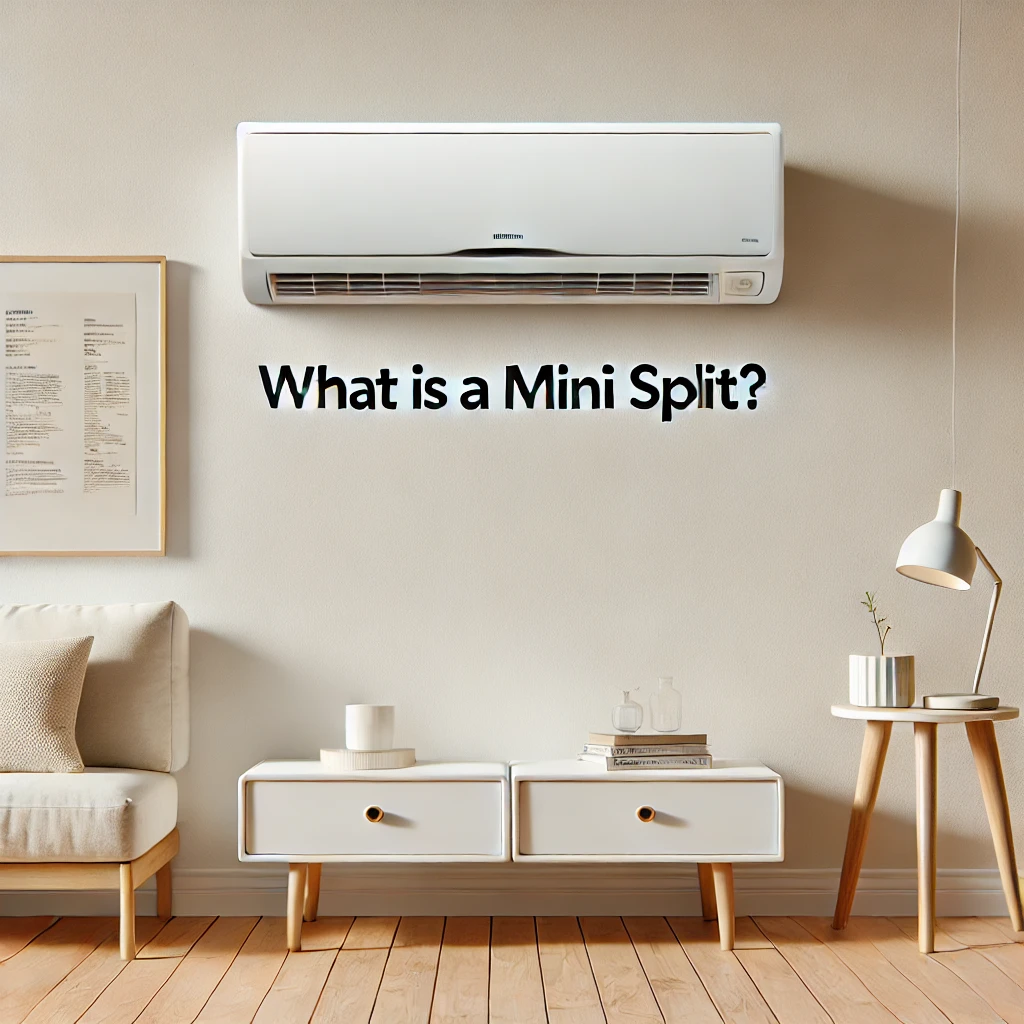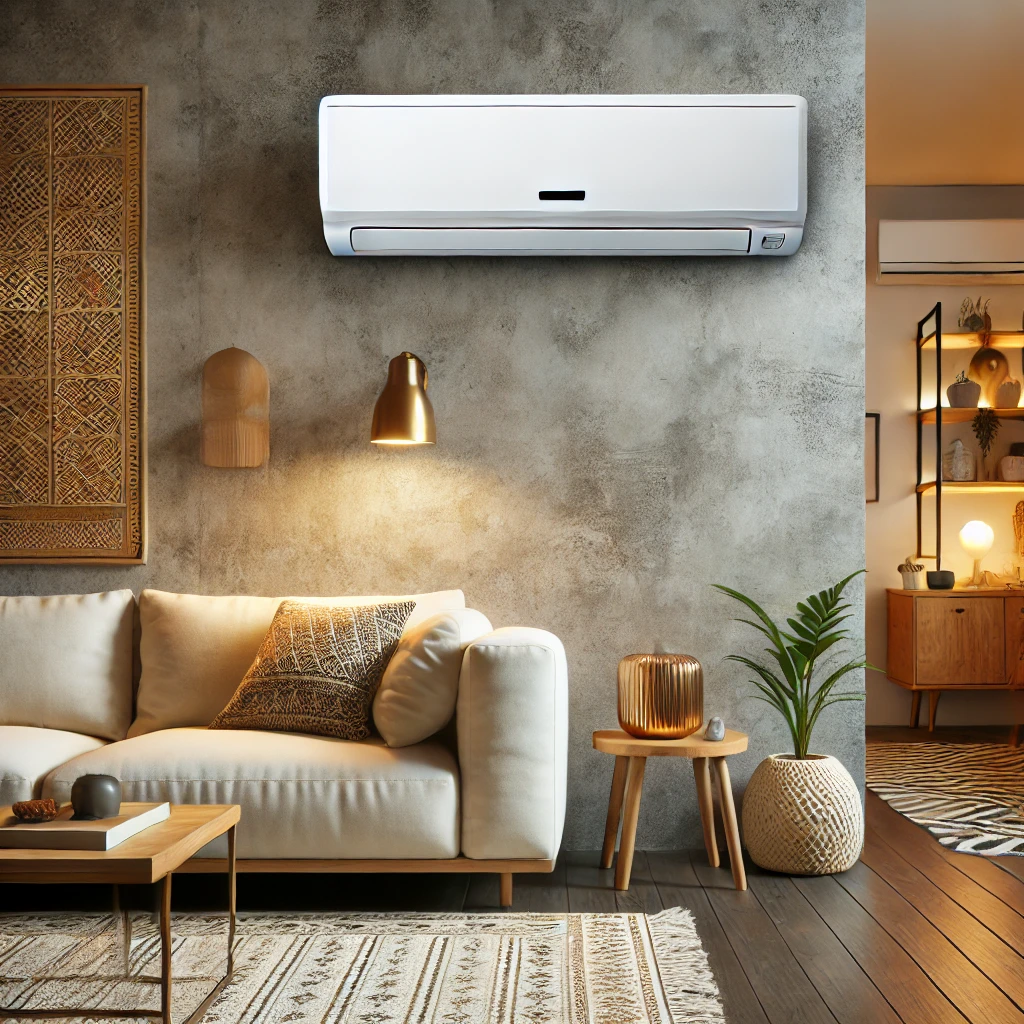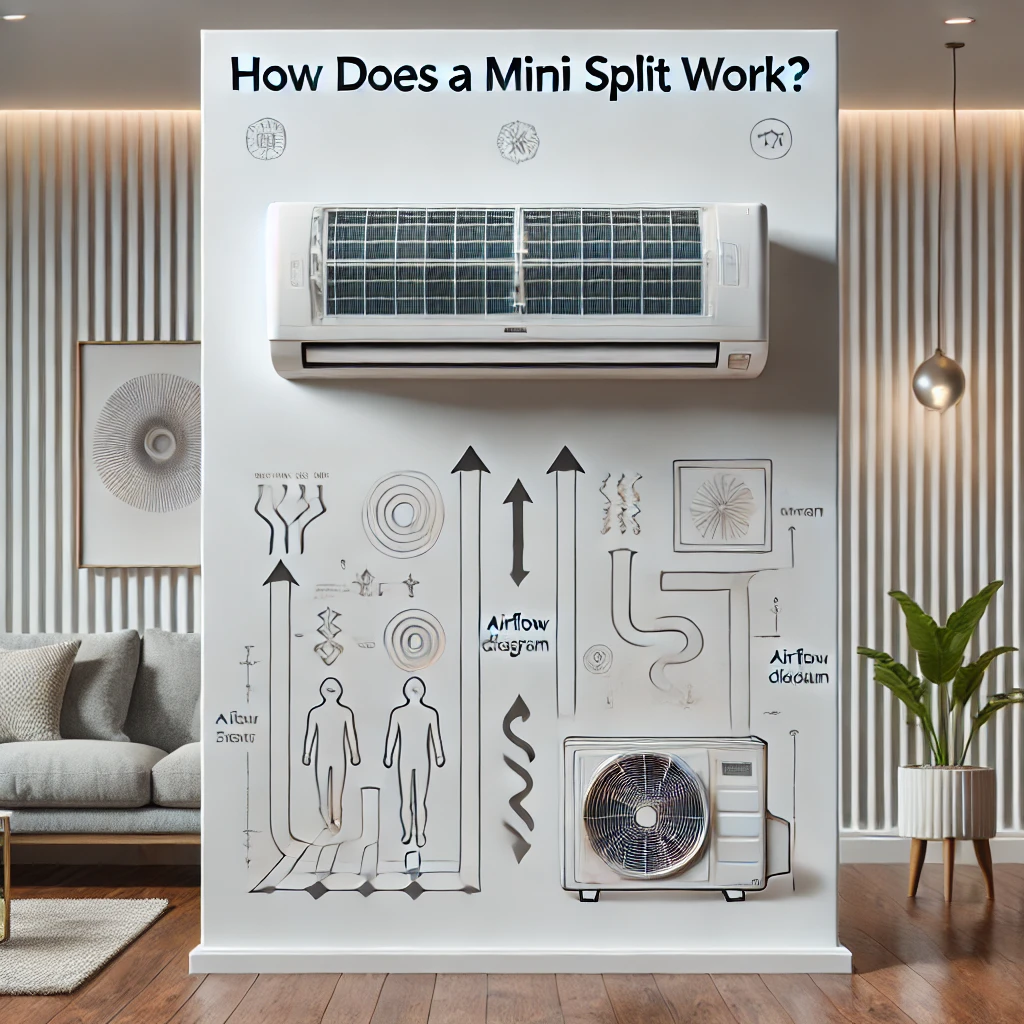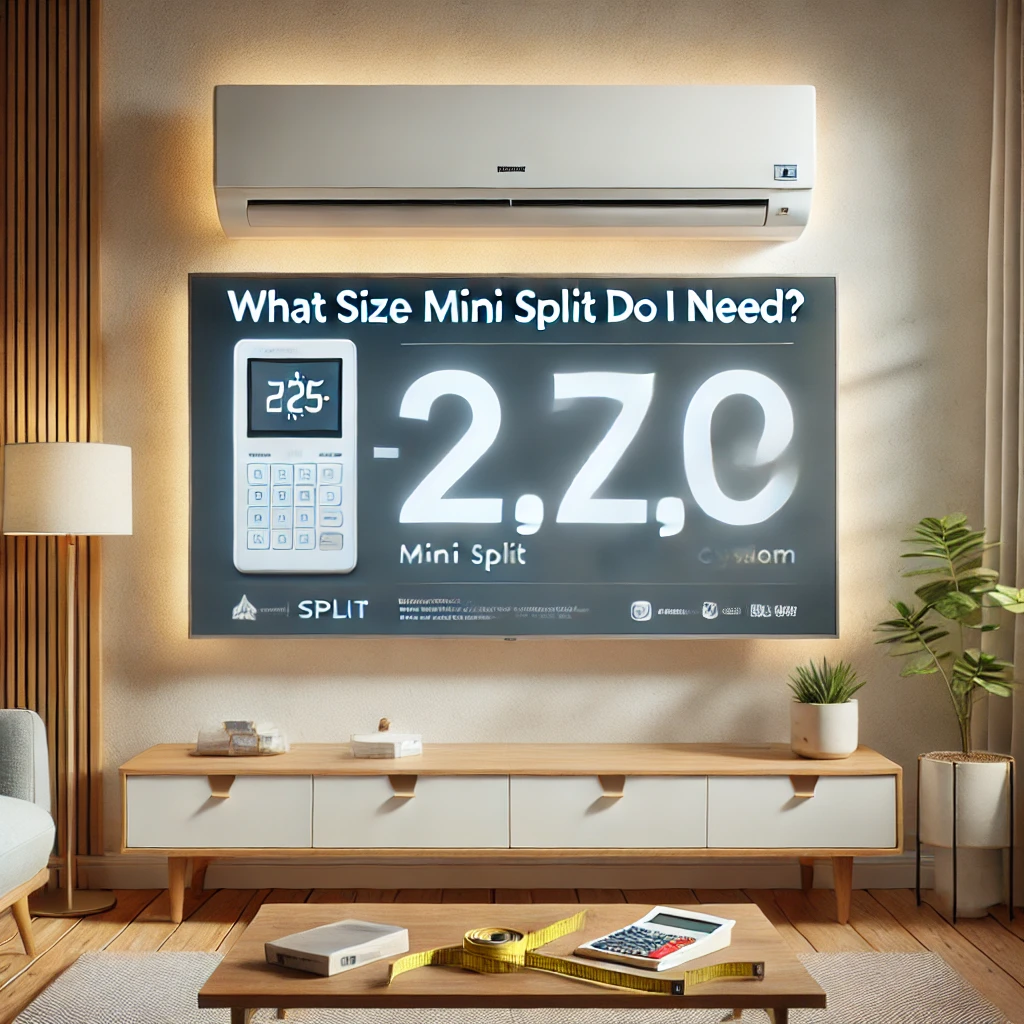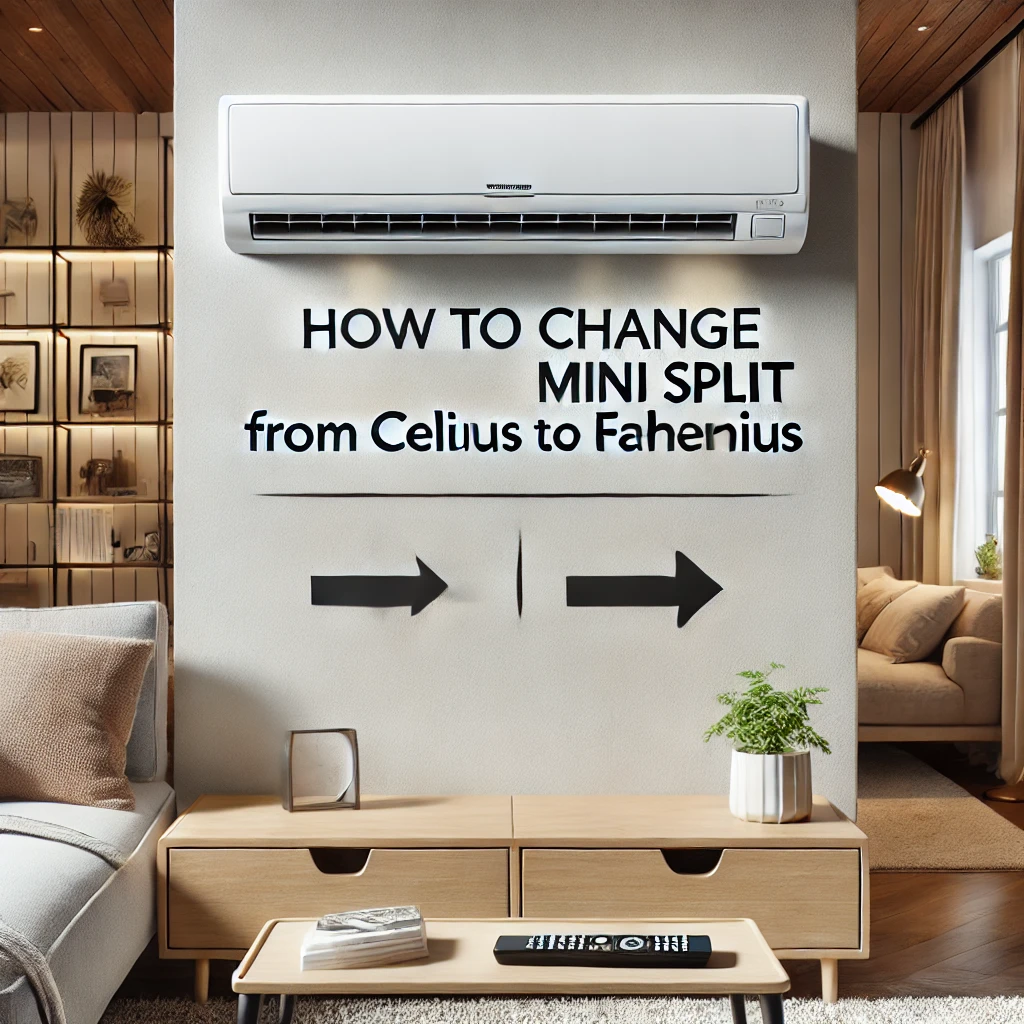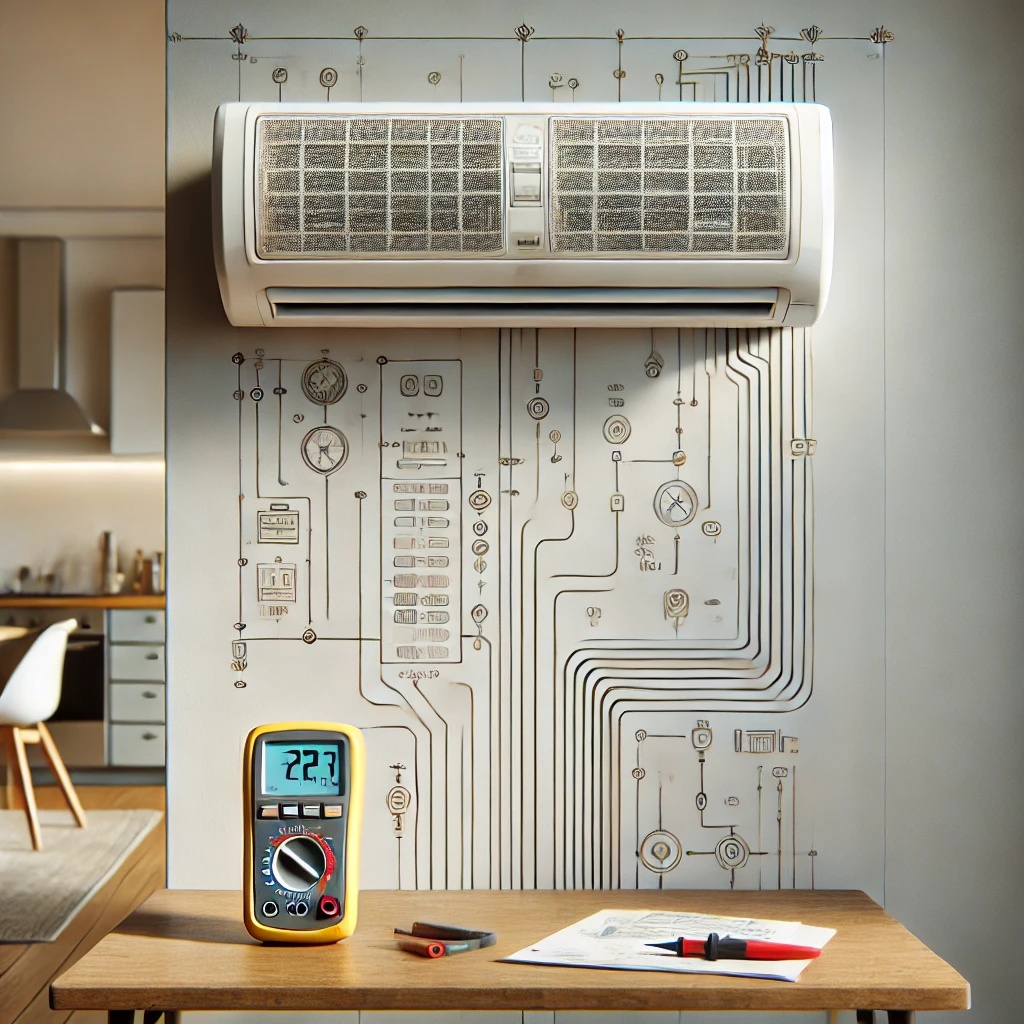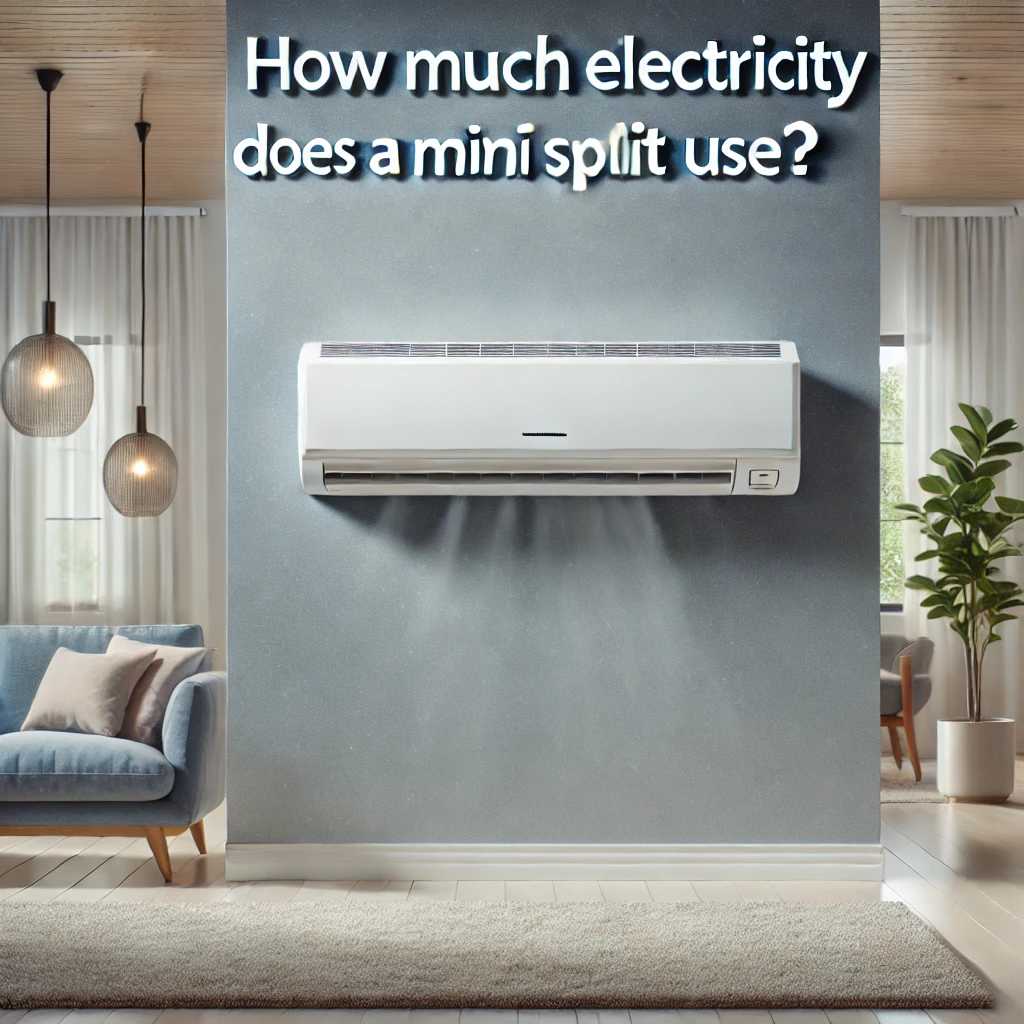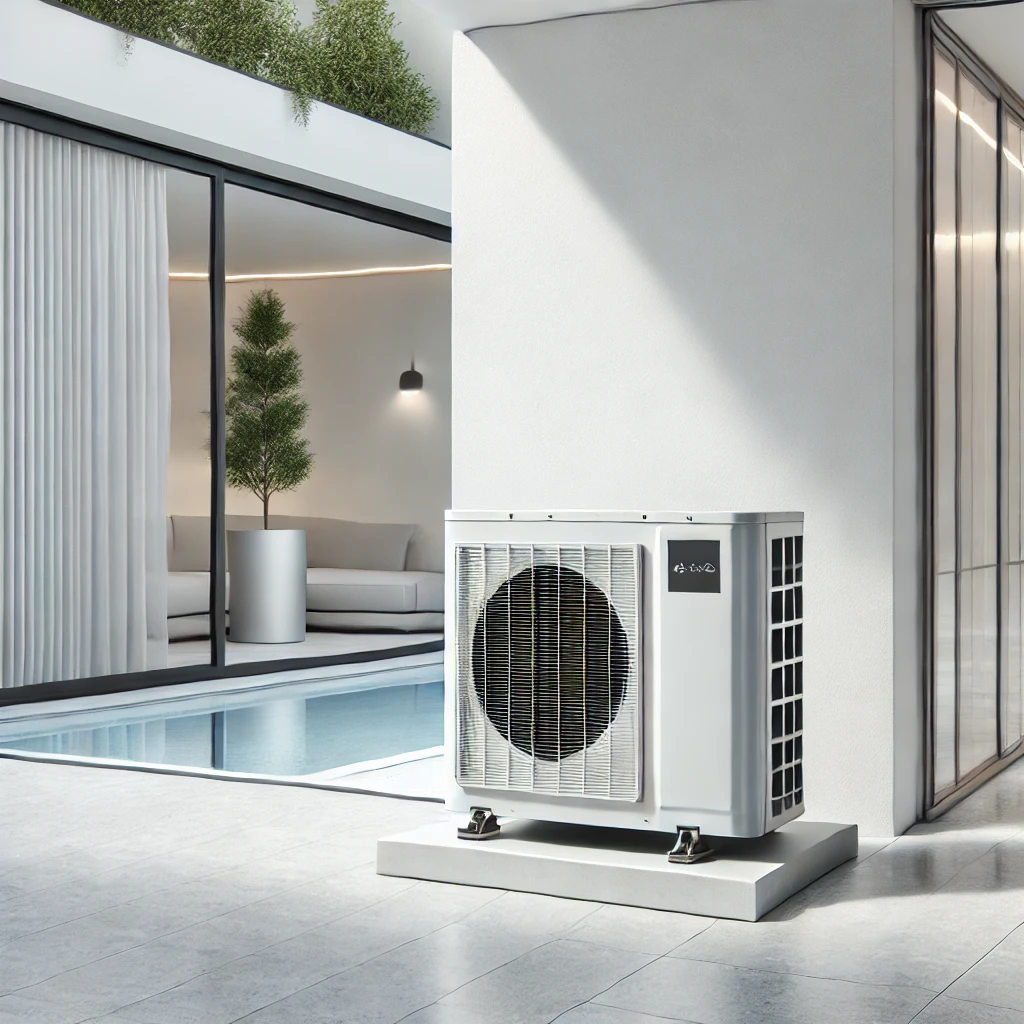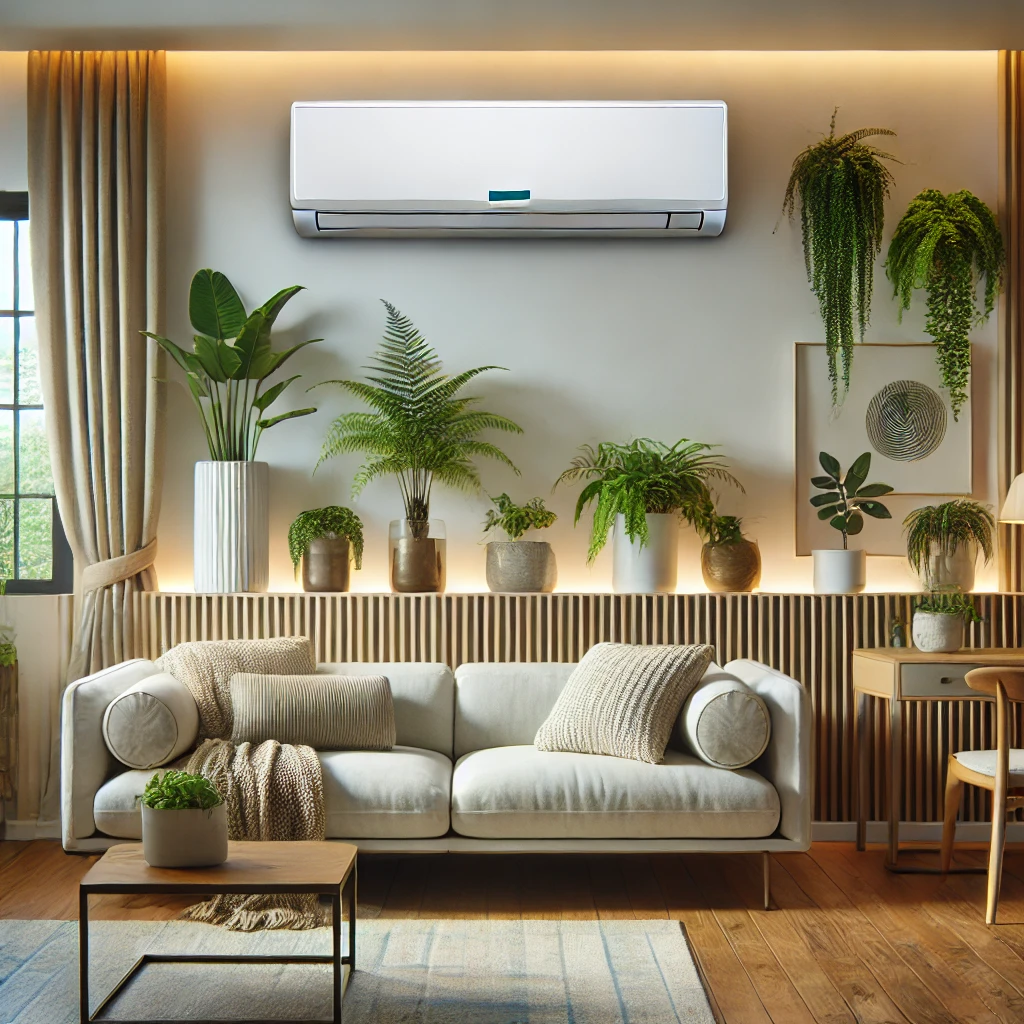Answer:
When comparing Fujitsu and Daikin mini-split systems, both brands offer high-quality, energy-efficient solutions for heating and cooling. In our experience, Fujitsu units are known for their powerful performance and advanced features, making them ideal for larger spaces. On the other hand, Daikin systems are celebrated for their cutting-edge inverter technology, providing precise temperature control and exceptional energy efficiency. Our customers often appreciate Daikin’s whisper-quiet operation, which enhances indoor comfort. Ultimately, the best choice depends on your specific needs, including room size, climate, and personal preferences.
More On Fujitsu Mini Split vs. Daikin
When evaluating mini-split systems, energy efficiency is a crucial factor. Both Fujitsu and Daikin offer models with high Seasonal Energy Efficiency Ratios (SEER), indicating superior cooling efficiency. Daikin’s advanced inverter technology allows their units to adjust compressor speed based on cooling demand, optimizing energy usage and reducing utility costs. Fujitsu also incorporates efficient technologies, providing reliable performance across various models.
Noise levels can significantly impact indoor comfort. Daikin units are renowned for their quiet operation, with some models operating as low as 19 decibels, creating a serene indoor environment. Fujitsu systems also maintain low noise levels, though they may be slightly higher than Daikin’s, depending on the model. For noise-sensitive areas like bedrooms or offices, Daikin’s quieter units might be more suitable.
Warranty coverage reflects a manufacturer’s confidence in their product’s durability. Daikin offers warranties of up to 12 years on parts and compressors, demonstrating their commitment to quality. Fujitsu provides warranties that are also competitive, though specifics can vary by model and region. It’s advisable to review the warranty terms for the specific models you’re considering to ensure comprehensive coverage.
Both brands integrate advanced features to enhance user experience. Daikin’s “Intelligent Eye” technology detects human movement, adjusting airflow accordingly to maintain comfort while conserving energy. Fujitsu offers features like human sensors and automatic airflow adjustment, contributing to efficient operation and user convenience. Additionally, both brands provide Wi-Fi connectivity options, allowing users to control their systems remotely via smartphone applications.
In terms of design, Daikin units often feature a sleek and modern appearance, blending seamlessly into contemporary interiors. Fujitsu’s designs are also aesthetically pleasing, with a focus on functionality and ease of use. The choice between the two may come down to personal preference and how well the unit complements your interior décor.
Price points for Fujitsu and Daikin mini-split systems are generally comparable, though they can vary based on model features and capacities. While Daikin units might have a higher upfront cost, their superior energy efficiency and longer warranties can offer greater value over time. Fujitsu systems provide robust performance at competitive prices, making them a strong contender for budget-conscious consumers.
In conclusion, both Fujitsu and Daikin offer reliable, efficient, and feature-rich mini-split systems. Your choice should be guided by specific requirements such as energy efficiency priorities, noise sensitivity, desired features, design preferences, and budget constraints. Consulting with a professional HVAC installer can provide personalized recommendations tailored to your home’s unique needs.
Comparison Chart: Fujitsu vs. Daikin Mini-Split Systems


